Anna Leontjeva
Detection of Abuse in Financial Transaction Descriptions Using Machine Learning
Mar 10, 2023Abstract:Since introducing changes to the New Payments Platform (NPP) to include longer messages as payment descriptions, it has been identified that people are now using it for communication, and in some cases, the system was being used as a targeted form of domestic and family violence. This type of tech-assisted abuse poses new challenges in terms of identification, actions and approaches to rectify this behaviour. Commonwealth Bank of Australia's Artificial Intelligence Labs team (CBA AI Labs) has developed a new system using advances in deep learning models for natural language processing (NLP) to create a powerful abuse detector that periodically scores all the transactions, and identifies cases of high-risk abuse in millions of records. In this paper, we describe the problem of tech-assisted abuse in the context of banking services, outline the developed model and its performance, and the operating framework more broadly.
Temporal Stability in Predictive Process Monitoring
Jun 15, 2018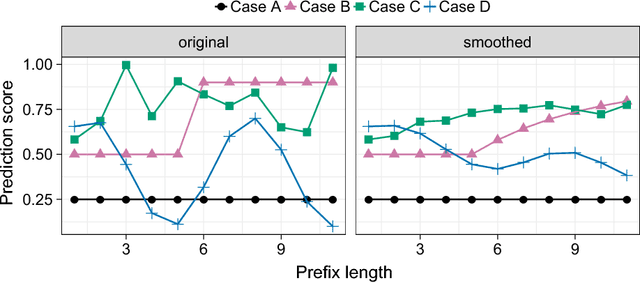

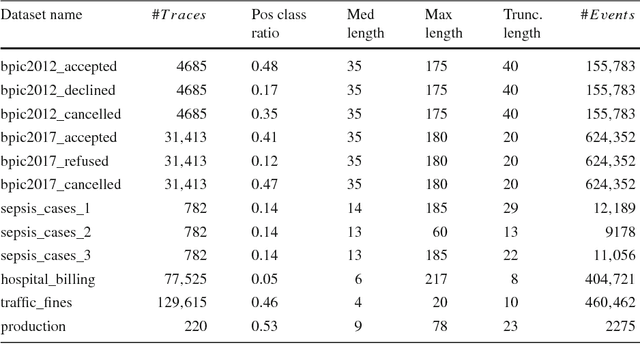
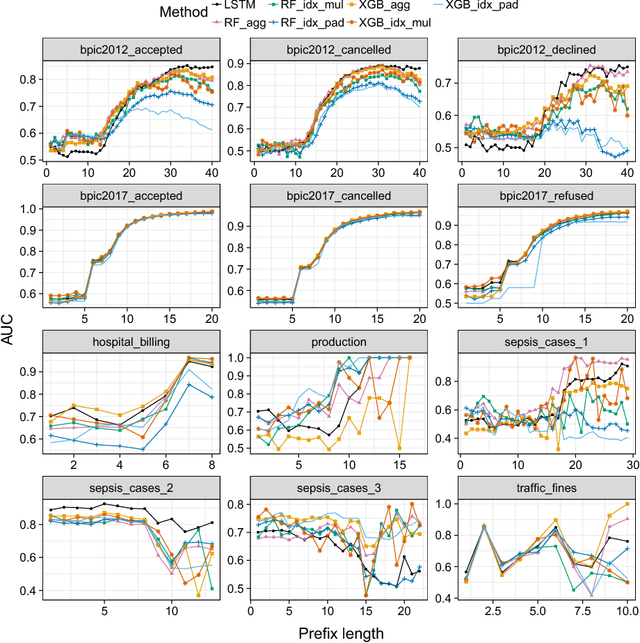
Abstract:Predictive process monitoring is concerned with the analysis of events produced during the execution of a business process in order to predict as early as possible the final outcome of an ongoing case. Traditionally, predictive process monitoring methods are optimized with respect to accuracy. However, in environments where users make decisions and take actions in response to the predictions they receive, it is equally important to optimize the stability of the successive predictions made for each case. To this end, this paper defines a notion of temporal stability for binary classification tasks in predictive process monitoring and evaluates existing methods with respect to both temporal stability and accuracy. We find that methods based on XGBoost and LSTM neural networks exhibit the highest temporal stability. We then show that temporal stability can be enhanced by hyperparameter-optimizing random forests and XGBoost classifiers with respect to inter-run stability. Finally, we show that time series smoothing techniques can further enhance temporal stability at the expense of slightly lower accuracy.
Combining Static and Dynamic Features for Multivariate Sequence Classification
Dec 20, 2017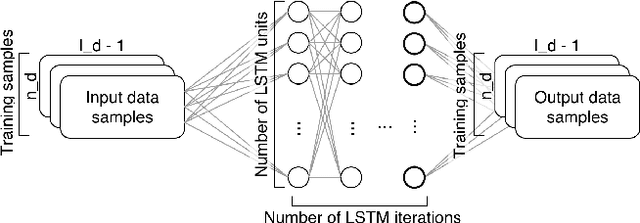


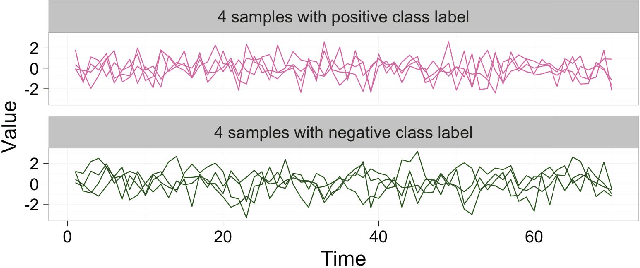
Abstract:Model precision in a classification task is highly dependent on the feature space that is used to train the model. Moreover, whether the features are sequential or static will dictate which classification method can be applied as most of the machine learning algorithms are designed to deal with either one or another type of data. In real-life scenarios, however, it is often the case that both static and dynamic features are present, or can be extracted from the data. In this work, we demonstrate how generative models such as Hidden Markov Models (HMM) and Long Short-Term Memory (LSTM) artificial neural networks can be used to extract temporal information from the dynamic data. We explore how the extracted information can be combined with the static features in order to improve the classification performance. We evaluate the existing techniques and suggest a hybrid approach, which outperforms other methods on several public datasets.
 Add to Chrome
Add to Chrome Add to Firefox
Add to Firefox Add to Edge
Add to Edge